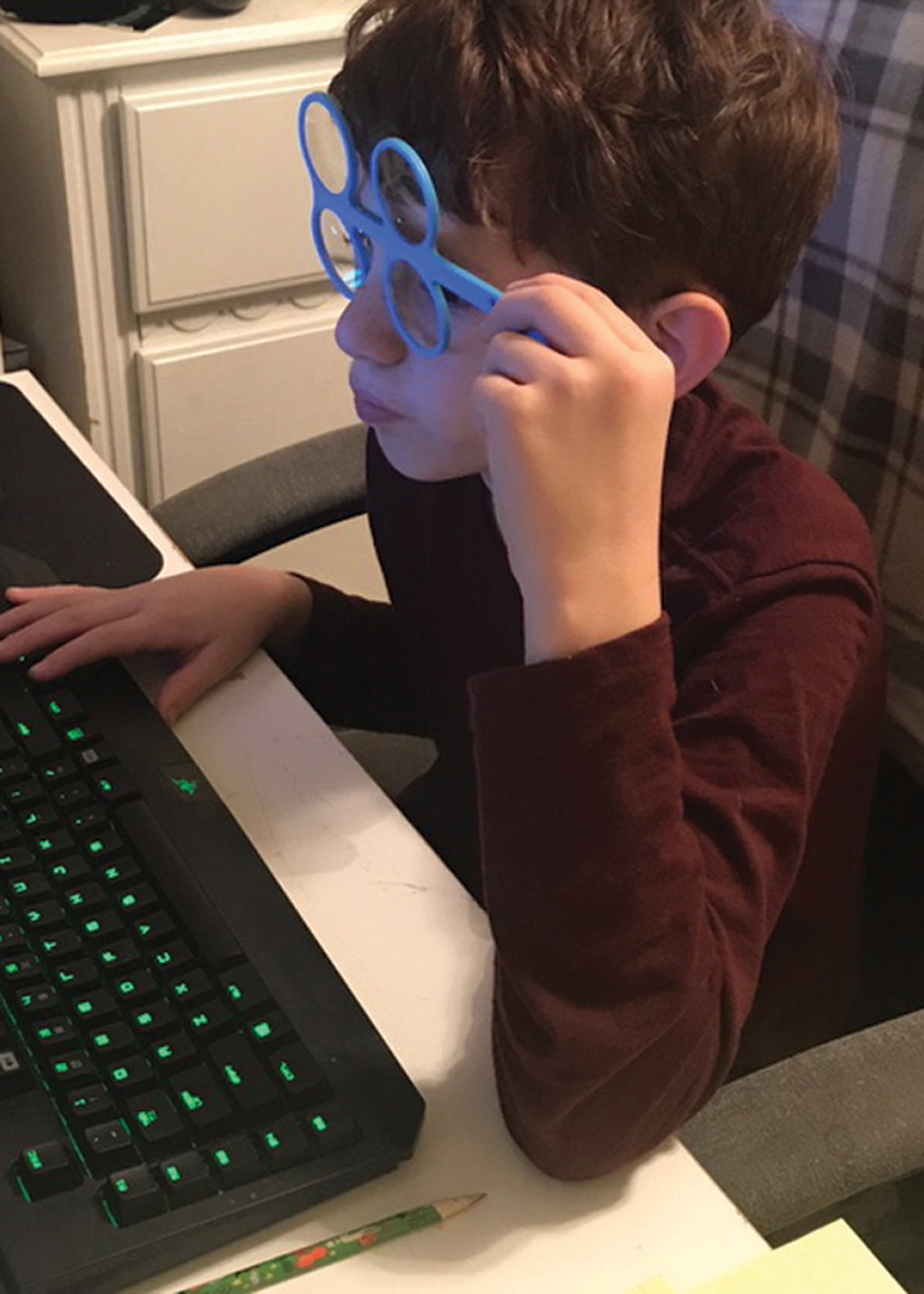 |
|
Amblyopic patients with vision better than 20/40 in one or both eyes can still achieve 20/20 vision after treatment in approximately 50% of cases, study finds. Photo: Marie Bodack, OD. Click image to enlarge. |
Clinical studies on amblyopia typically only include patients with three or more lines of visual acuity difference between eyes, or roughly 20/20 in one eye and 20/40 or worse in the other—the official Academy of Ophthalmology cut-off for diagnosis. However, these analyses exclude patients who are identified as having unexplained vision loss despite failing to meet the traditional amblyopia criterion. Aiming to shed some light on the incidence and treatment of this so-called “subthreshold amblyopia,” researchers recently evaluated a patient population at Boston Children’s Hospital. They found that, when treated, half of these patients achieved 20/20 vision in both eyes and improved stereopsis, suggesting that intervention is still worthwhile for parents of affected children to consider.
In the single-center analysis, the team included data on a total of 2,311 amblyopic patients aged two to 12 diagnosed at the hospital during a four-year period. Of these, 20.1% had what this research team characterized as subthreshold amblyopia, the majority having an amblyogenic factor (61.7%)—most commonly anisometropia (32.8%). The average follow-up among this cohort was 3.1 years, and 97.5% received treatment.
The researchers reported in their paper on the study, published in the American Journal of Ophthalmology, that among the three-quarters of patients with subthreshold amblyopia who returned for follow-up, “47.8% achieved resolution, including 55.7% of treatment-naïve patients, and 62.5% (five of eight patients) offered observation alone.” They added that the “median stereopsis improved by 0.4 log units in those who achieved resolution, with no change in those with persistent amblyopia.” A multivariate analysis of the data also showed a significant association between a longer follow-up duration and the resolution of subthreshold amblyopia (odds ratio: 1.38).
Of the patients with subthreshold amblyopia, 41.1% had received prior treatment elsewhere, referred to in the study as having “residual” amblyopia. Fewer of these patients improved with treatment compared with those who were treatment-naive; however, 33.9% still achieved 20/20 vision in both eyes by their final visit. “This is in line with recent studies investigating visual acuity gains in patients treated for residual amblyopia that found 22% to 28% of patients improved 0.2 logMAR or more,” the researchers explained.
As this data shows, children who don’t meet the diagnostic criteria for amblyopia may still benefit from treatment, with nearly half in this cohort recovering 20/20 vision, including a third of whom were treated in the past. “This leaves open a broader range of future occupations, some of which have a minimum requirement of 20/20 corrected visual acuity in both eyes,” the researchers pointed out. They suggested that future studies assess whether treatment vs. observation alone would result in similar outcomes.
Michalak SM, Chinn RN, Shoshany TN, et al. Subthreshold amblyopia: characterization of a new cohort. Am J Ophthalmol. December 18, 2022. [Epub ahead of print]. |


